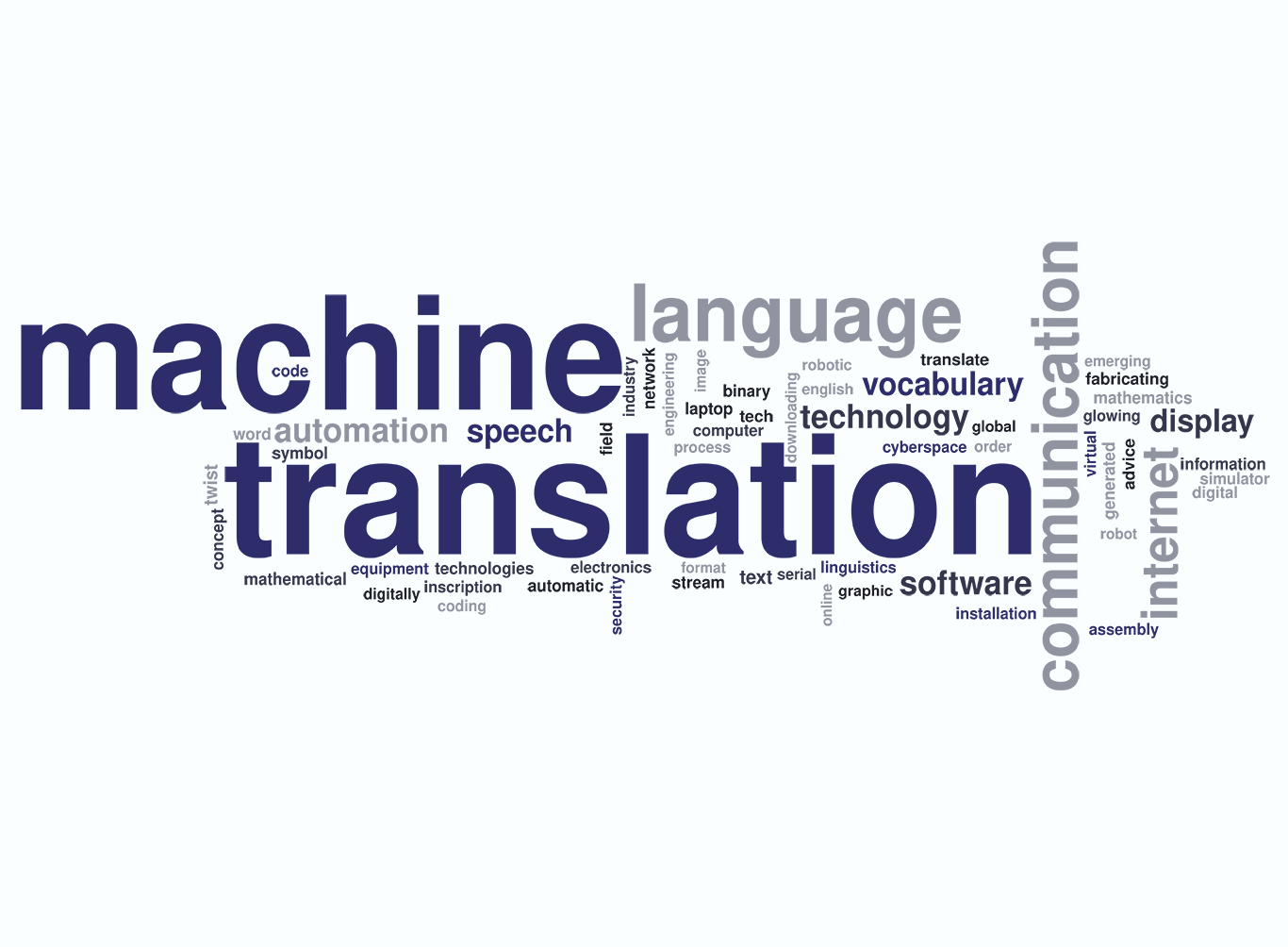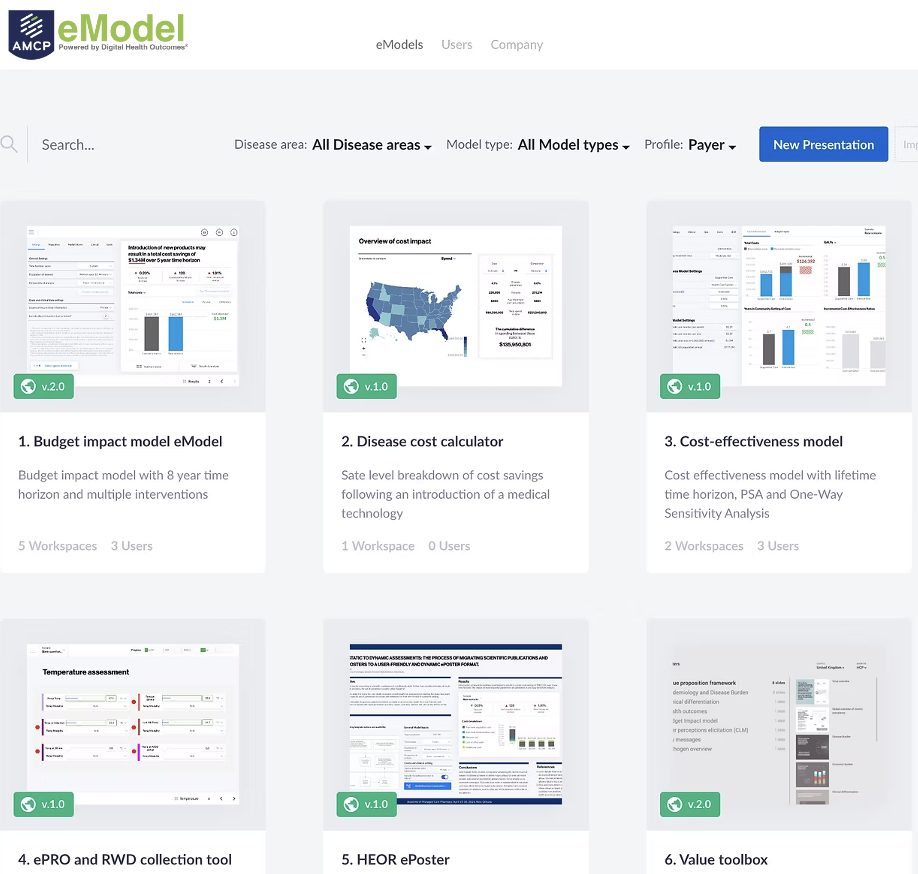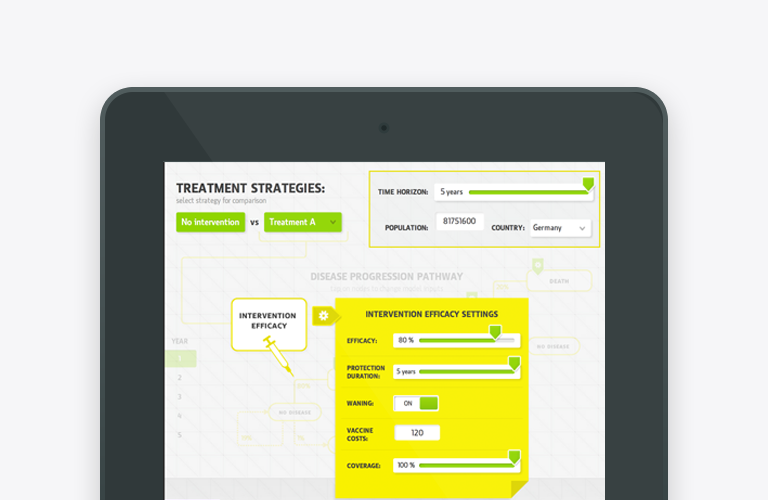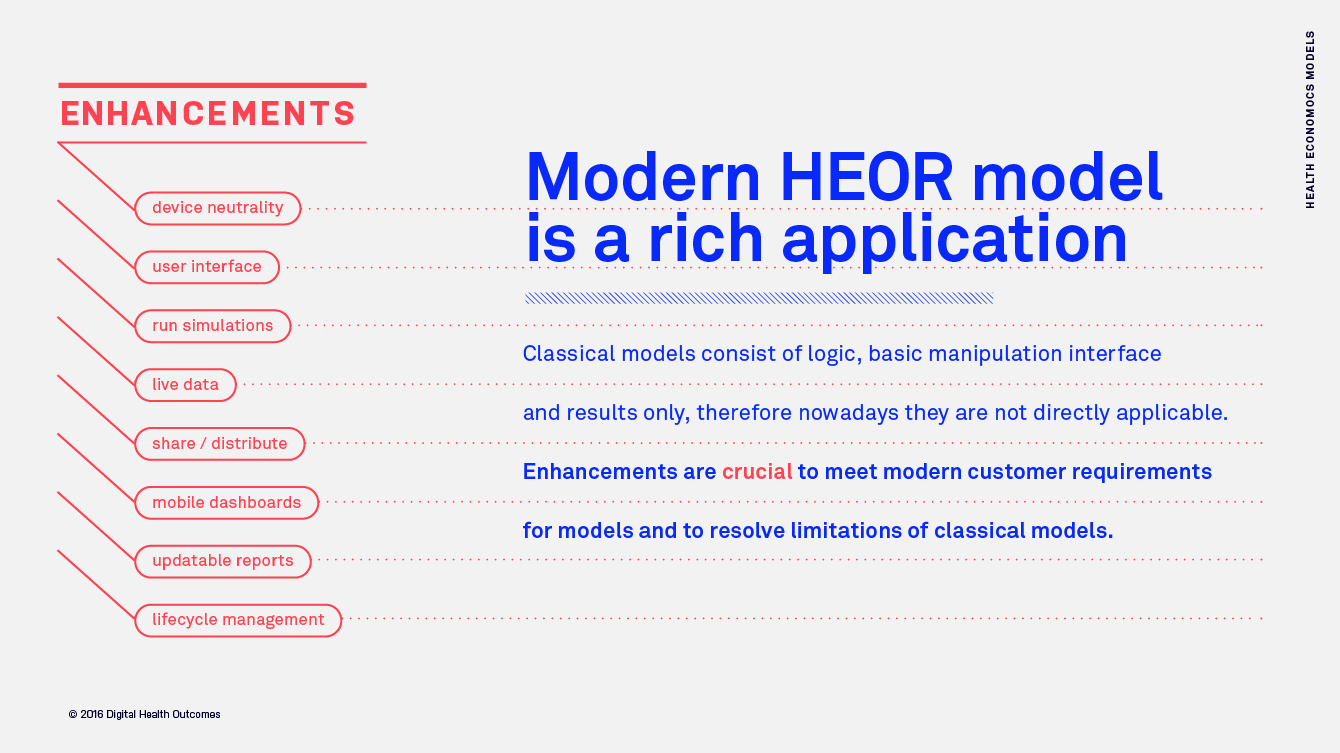
Most users and content creators who have ever used automated translation tools and API’s like Google, DeepL, Bing, Amazon Translators and some advanced artificial intelligence translation software, know that even though the technology is constantly being improved and developed, often the outcome of the translation procedure is not yet a perfect result. But does this really mean that these machine translation tools are completely useless for qualitative translation? Are there any good use cases for such tools and can they simply save time required for translation? Let’s examine this subject briefly in the current post.
Machine translation – what it is and why it is used
Machine translation refers to technology that is used for automated text translation. In this case, a person can only perform the editor’s functions, as the entire process takes place without his direct involvement. The technology itself is a translation software based on a combination of algorithms and rules.
Automatic translation has existed for decades, and its technology is constantly being improved. Today, translation software with artificial intelligence allows us to produce a sufficiently high-quality result requiring minimal human editing.
Machine translation technologies
Language translation machines can use software based on different technologies:
- RBMT is the oldest electronic translation technology, which has been around since the 1970s. At that time, translation machine software algorithms used rules, grammar and vocabulary to translate verbatim from one language to another. The result was texts that were not very readable and badly needed editing.
- SMT is the next stage in the development of electronic translation. It is based on statistical algorithms that find and analyze existing texts, which humans have translated. Thus the program determines the best way to automatically translate, depending on the specific context. This technology has significantly improved the quality of texts translated by computer.
- NMT (Neuromachine Translation) – Artificial Intelligence software that uses machine learning to improve its translations. It is a complex digital algorithms, which allows to get the most correct texts, translated from one language to another.
Today, most online machine translation services use NMT.
Advantages and disadvantages of machine translation
In recent years, technological advances have resulted in more natural and readable texts in electronic translation. Nevertheless, machine translation tools are still not perfect. Let’s take a look at their main pros and cons.
The benefits of using translation machines:
- Speed of language translation. If the system succeeds and most of the resulting text makes good sense, at this point for a user it becomes much easier to replace the inappropriate or literally translated parts with manually translated than make a full manual translation from scratch. Of course, it depends on the ratio of well to badly translated parts, but according to our latest experience, it is already a huge time saving factor.
- Cost savings. Most quality e-translation software is available for free or at a very low cost compared to the cost of human services.
- Ability to get a pre-translation. Specific grammar features and different word sizes in different languages mean that the translated text can have a different volume. For example, this difference can be up to 35% when translating from English to Swedish. It is important to keep this in mind when designing web pages and mobile apps.
Disadvantages of translation machines:
- Accuracy. Modern algorithms give good results, but texts that convey complex thoughts must necessarily be checked by a person.
- Specificity. Even though auto translation systems try their best to use native language constructs, the approach that most of human translators use according to the “Interpretation instead of translation” approach, it’s still quite often that the system does not have any fitting pattern that would allow the output text to look and feel same native as the input. However, sometimes the system may fragmentarily recognize and pick up well-turned sections and snippets and populate the outcome content accordingly, even though it would be just a portion of a paragraph or clause.
- Style. Many companies write advertising texts aimed at their target audience using slang. Translation machines will not be able to convey such characteristics.
As you can see, automatic translation tools significantly speed up the process of human translation from one language to another, but they cannot completely replace it.
The Best Machine Translation Software
Today there are many services, including free ones that allow you to translate texts online or offline. We will highlight three of them. These technologies are the most well-known, and at the same time giving the most correct results:
- Google Translate. It is a program for automatic translation online that was launched back in 2006. It has more than 100 languages in its arsenal. The exact NMT technology that Google Translate (GNMT) uses today allows you to translate large amounts of text while maintaining their context.
- DeepL Pro from the German company DeepL GmbH. This software also uses artificial intelligence to translate 11 of the world’s most common languages. Its results are sometimes quite different from those of Google Translate. In some cases, they are even more natural and accurate.
- Bing Microsoft Translator is an NMT-based automated translation service that can correctly handle large amounts of text.
Impact of NMT translation development on translation services
Improved algorithms for translation machines will make text translation services more affordable for companies that need them. Today, they can be used to translate parts of text content, with correct results. To improve its quality, machine translation can be post-edited by a human translator. In this case, the translation speed from one language to another will increase significantly.
Impact of NMT on companies’ localization strategy
Companies that aspire to conquer international markets constantly need translations. In doing so, they know that the closer they are to a text written by a native speaker, the greater the credibility of the company’s products or services.
By using machine translation tools with varying levels of human involvement in the process, companies gain a number of advantages:
- cost savings — translation automation can reduce up to 40% of the budget allocated to translation services;
- time saving — Estimates from our user pool suggest that time required for translating the content of a market access dossier (global value dossier) can be reduced by approximately 60%;
- translation into practically any existing language of the world.
Modern machine translation technology makes it possible to localize every stage of interaction with potential clients in any country of the world, in any market, in a fairly budget-friendly way. The resources saved can be spent on an additional advertising campaign or on entering a new market.
How much NMT is improving and what will determine the future pace of its adoption
Machine Learning in language pattern recognition already does magical things nowadays and is constantly improving itself, so one day in the future it may take over any aspects of our lives that do not require human intellect, creativity and can be fully automated. Template text digital translation is one of such things, so considering the perspective and potential is a key aspect of technological development.
According to research, every year the number of edits a human has to make after machine translation decreases by 3-7%. This means that neural machine translation technologies are becoming more accurate, and closer to human translation.
Experts predict that the desire to globalize business and increase the amount of content that requires localization will lead to even greater acceleration in the adoption of neural machine translation.







